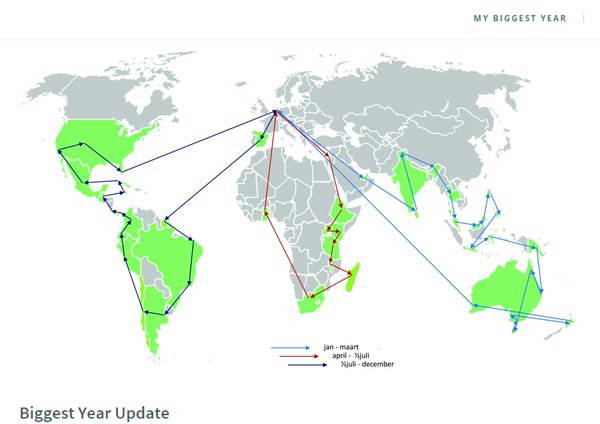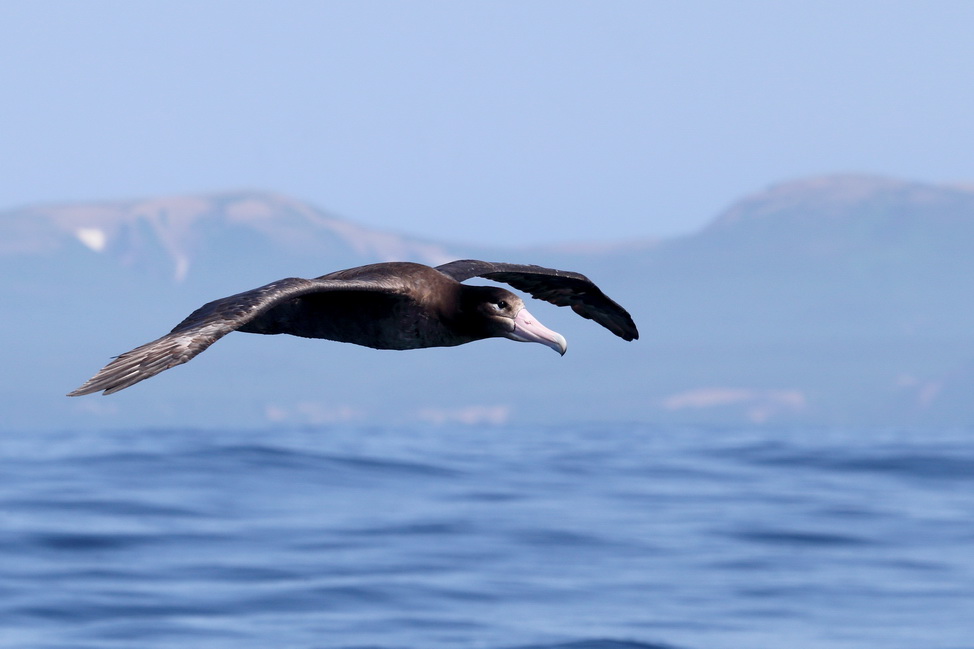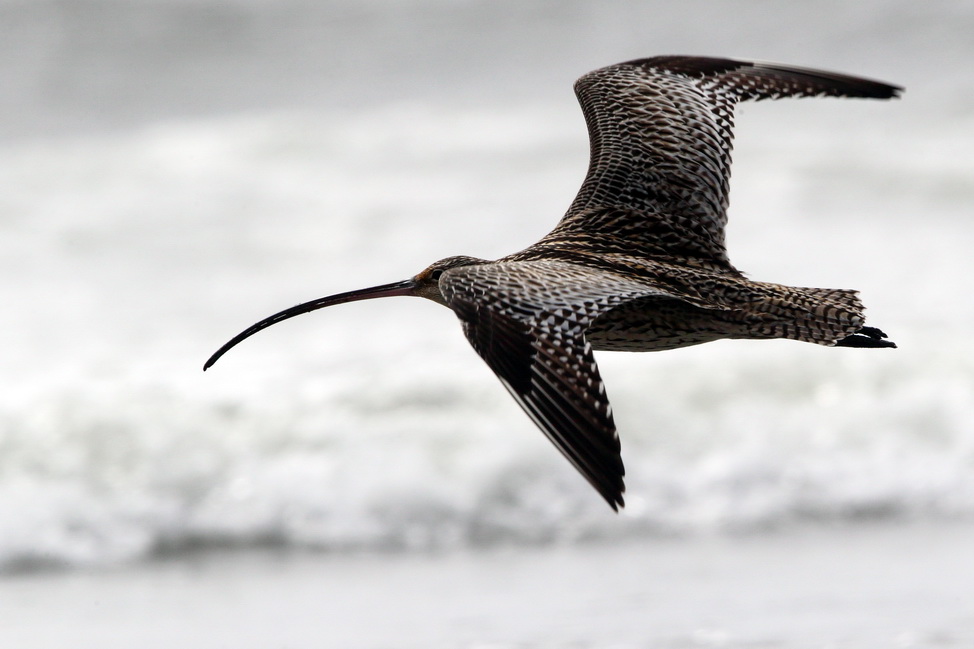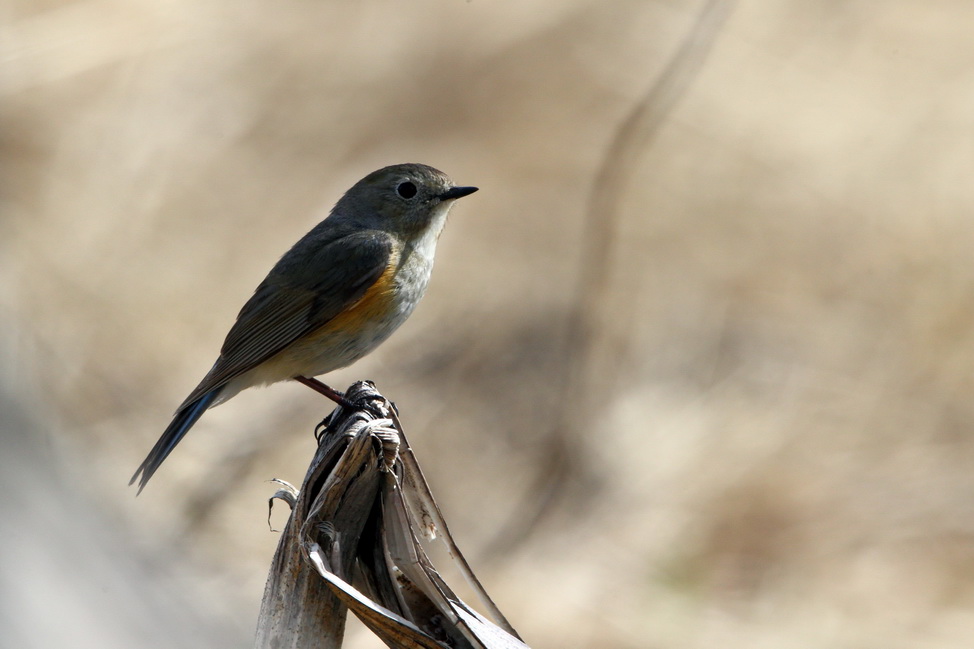Birdwatching is a popular hobby all over the world. In fact it is science, but in hands of nature-lovers and enthusiasts. It includes not only watching different birds, but also admiring their behavior and beauty with binocular or without it and analyzing the sounds they make. There is an unofficial competition among birdwatchers to spot the highest number of bird species in one year. It may sometimes be hard to remember all the local bird species, so there are printed or electronic guides to help you. They contain not only illustrations, but also characteristics, peculiarities and sometimes even sound recordings.
Birdwatching is not only an exciting hobby. All collected data are important for scientists. So if you wish to join millions of nature-lovers, do not forget your notebook to write down the place and time, when you spot a bird. Local environmentalists and employees of the protected areas will be grateful for your help and important contribution!
During the whole 2016 Arjan Dwarshuis, one of many birdwatchers and supporter of Birdlife International Preventing Extinctions Programme, traveled around the world to find the rarest bird species. He named his project The Biggest Year as in the famous comedy film about birdwatchers The Big Year or in Mark Obmascik’s book.

Arjan Dwarshuis’s route. Photo by Arjan Dwarshuis, Twitter
During this hard year of endless roads and adventures, he managed to find 6 833 bird species, 791 more than the previous record holder of 2015 – Noah Strycker. That means that in average Arjan Dwarshuis met about 18 bird species a day. Still not every day was a success.

Birds spotted by Arjan Dwarshuis in Jamaica. Photo by Arjan Dwarshuis, Instagram
“You can miss some. You can see some. That’s the beautiful thing about birdwatching. Sometimes you get something very unexpected out of your efforts. Last week in Panama, on the Cerro Chucanti Ridge – very remote – we got up at 4AM to ride on horseback and saw a Beautiful Treerunner, and I took one of the first good photos of that species,” said Arjan Dwarshuis in his interview to Birdlife International.

Arjan Dwarshuis spotted this marvelous phainopepla in California. Photo by Arjan Dwarshuis, Instagram
Arjan Dwarshuis was always fond of nature. Bird fascinated him even when he was 9. At the age of 12 he was looking for migrating bird and at 15 he went to Turkey on his own to know more about biodiversity of the country between Europe and Asia. At 18 he made a hitchhiking trip around the world, which showed him how many species are in danger and how important it is to tell people about this problem. That is why he decided to put everything aside and to crack a new world record together with guides and companies excited to help him. In the very beginning of his project, he found out about Noah Strycker, who was going to make the record too. So Arjan Dwarshuis had to increase his budget.

Respledent Quetzal spotted by Arjan Dwarshuis in Costa Rica. Photo by Arjan Dwarshuis, Instagram
During 2016 Arjan Dwarshuis climbed in the mountains, cleared his way through jungles with machete and waited for hours for another rare bird. But the hardest for him was to know, that every 8th bird species is endangered and he cannot help every one of them. He told one of such stories: “At a place called PICOP [Paper Industry Corporations of the Philippines logging area], on Mindanao, there is one last patch of lowland forest, home to the Mindanao Broadbill and spectacular Celestial Monarch. I was watching the birds when I heard chainsaws buzzing from 360 degrees around me. There is so much logging going on. I was crippled, wanting to cry. I still get a lump in my throat, as I know the bird will be gone from there.” Not only to attract attention, but to help the birds in other way, he collected every piece of data he could and gave it to the scientific community after the trip.
The new record holder managed to find such rare bird as White-necked Picathartes, Buffy-crowned Wood-partridge, Lappet-faced Vulture, Black-eared Miner and Helmet Vanga.
This one-year-long trip is sure to interest a lot of us. And we are lucky, that Arjan Dwarshuis had a chance to film his whole trip for his Biggest Year documentary film, which will be out in 2017.
Unfortunately, Mr. Dwarshuis didn’t manage to include Russia in his route. But we hope in his new adventure he will visit the Commander Islands, as it is the place about a million seabird choose for breeding and more then 200 bird species inhabit the islands, 37 of which are included in Red Data Books of different levels.

Short-tailed Albatross is included in the Red Data Book of the Russian Federation and Red Data Book of Japan. Photo by Evgeny Mamaev
The Commander Islands are open for birdwatchers all year round. In winter as in summer you may see a lot of rare birds, life of which is closely connected to the sea, tundra and bogs. On Bering Island hundreds of several anseriformes species – like Steller’s Eider and Emperor Goose - spend their winter. The Commander Islands are famous for their seabird colonies, to get to which you may need the help of the Scientific Department or Preservation Department of the Commander Islands nature and Biosphere Reserve. Some colonies are situated near Nikolskoye village (Ary Kamen Island and Toporkov Island) and some are rather far away. In summer you will have a chance to see thousands of cormorants, tufted puffins (which are also called the northern parrots for their coloration, horned puffins and many other bird species. Moreover, from spring to autumn many birds visit the islands during migration or accidentally.

Far-Eastern Curlew is included in the Red Data Book of Russia. Photo by Evgeny Mamaev
Even if the Commander Islands no more have any endemic bird species – Steller’s Cormorant disappeared in the XIXth century – it is still one of the rare places in the world, where in one day you can see the Short-tailed Albatross, Far-Eastern Curlew, Red-flanked Bluetail, Tufted Puffin, Emperor Goose, Short-tailed shearwater and many others.
Everyone has a chance to become an explorer of the Commander Islands together with our reserve. During the excursions of the Commander Islands Nature and Biosphere Reserve, you will see many species of sea and land birds and our specialists will help you to get the most of birdwatching. Please, don’t forget to take a binocular and the printed guidebook for birdwatcher on the Commander Islands!
Based on the article of BirdLife International.










